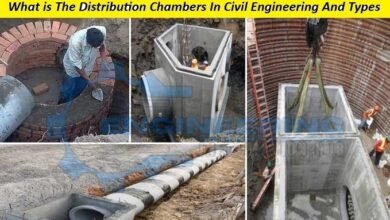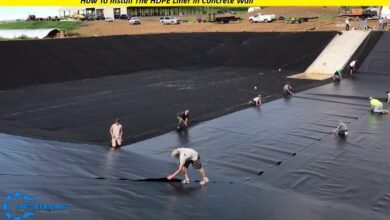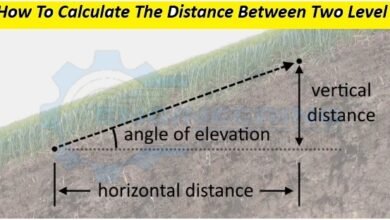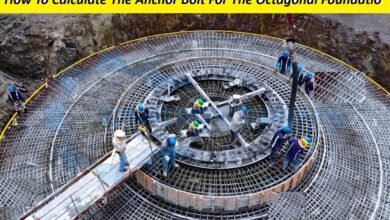All Step And Precautions For Excavation Work
Steps for The Excavation Work |Precautions for Excavation Work

All Steps and Precautions for Excavation Work
All Steps and Precautions For Excavation Work. Excavation work, execution, and safety measures to ensure legal compliance, operational efficiency, and personnel safety.
Steps for The Excavation Work
Planning and Site Assessment
Site survey
Conduct a site survey (topographic, geotechnical).
Underground service drawings
Review utility maps & underground service drawings.
Soil type
Identify soil type (stable, loose, waterlogged, etc.)
Necessary permits and approvals
Obtain the necessary permits and approvals.
Risk assessment
Prepare a risk assessment and method statement
Marking the Area
Mark the boundaries using flags, paint, or barriers.
Identify and label hazard zones.
Notify nearby properties or affected parties, if needed.
Locating Underground Utilities
Use utility locators with the help of GPR, cable locators, to detect
Gas lines
Electrical cables
Water pipes
Communication lines
Confirm utility location manually before digging.
All Steps and Precautions For Excavation Work
Equipment Selection
Choose proper equipment based on:
Depth and width of excavation
Soil condition
Access to site
Examples: Backhoe, excavator, trenchers, hand tools

Excavation Work Execution
Follow the planned method for the manual or machine excavation
Remove vegetation, rocks, & obstructions.
Excavate in layers to reduce sudden collapse risk.
Keep a safe distance from the edge during machine operations.
Shoring / Sloping / Benching

Depending on the depth and soil
Shoring
Use hydraulic or mechanical supports.
Sloping
Angle the sides of the trench.
Benching
Step-like excavation.

Spoil and Material Placement
Store excavated soil at least 1 meter away from trench edges.
Ensure materials are not stored above /near the excavation.
Inspection and Monitoring
Assign a competent person
Excavation walls
Shoring/bracing
Water accumulation
Inspect daily and after rain or vibration events.
All Step And Precautions For Excavation Work
Access and Egress
- Provide ladders or ramps for trenches over 1.2 meters deep.
- Place access points every 7.5 meters in the ong excavations.
Backfilling and Restoration
Backfill in layers and compact each layer.
Restore the surface to its original/improved condition.
Remove barriers only after backfill is complete.
Precautions for The Excavation Work
All Step And Precautions For Excavation Work
General Safety at Excavation work
Ensure only trained & authorized personnel work on-site.
Wear appropriate PPE:
Helmet
Gloves
Steel-toe boots
High-visibility vest
Safety harness (if needed)
Prevent Collapse
Never work in unprotected trenches deeper than 1.2 meters.
Use protective systems (shoring, shielding, benching).
Keep heavy machinery away from edges.
Water Management
Prevent water accumulation with:
-
- Pumps
- Drainage
- Diversion ditches
Wet soil increases the risk of wall failure.
Utilities and Hazardous Materials
Confirm utility locations before excavation.
If utilities are hit, stop work immediately and notify authorities.
Avoid smoking or using open flames near gas lines.
Traffic & Public Safety
- Use the barricades, signage, & flagmen for areas near the roads.
- Maintain a safe buffer zone between the excavation and the pedestrian traffic.
Confined Space and Hazardous Atmosphere
- Test for oxygen level, toxic gases, / flame able vapors if required.
- Follow confined space entry protocol if applicable.
Emergency Preparedness
- Have an emergency response plan.
- Keep first aid kit & fire extinguisher on-site.
- Provide rescue equipment (harness, rope, tripod).
Documentation Required
- Risk Assessment and Method Statement (RAMS)
- Utility clearance certificates
- Excavation permit or Work permit
- Daily inspection checklist
- Equipment maintenance records
LEARN MORE
-
How To Install The HDPE Liner in The Concrete Wall
-
What is The Process of Concrete Injection With Detail
-
Why Use the Crank Bar In Slab Column RCC Beam








You explained this so clearly. I finally get it.